Ultimate Typography Design Tips to Influence Reader

Source: Jun Hong, Jun.playlist - K-pop Music Poster Series 1, Behance, https://www.behance.net/gallery/98974727/junplaylistK-pop-Music-Poster-Series-1
Typography design is far more than simply selecting fonts—it’s about crafting a visual language that guides, informs, and influences readers. Whether in digital interfaces, printed materials, or brand identities, the way text is styled can dramatically alter how content is perceived and understood. Every choice, from font size and spacing to alignment and hierarchy, plays a critical role in readability, tone, and user engagement.
In a world saturated with information, effective typography design can be the difference between a message that connects and one that gets overlooked. A well-thought-out typographic structure not only captures attention but also holds it, directing the reader’s eye naturally through the content. It enhances comprehension, emphasizes key points, and even evokes emotional responses that align with the message.
For designers, mastering typography design means understanding the balance between form and function. It requires both technical precision and creative flair. In this article, we’ll explore the ultimate tips to elevate your typography design—tips that will help you communicate more clearly and powerfully, regardless of the medium. Whether you're designing a website, a poster, or a brand logo, these strategies will help you make every word count.
Choose the Right Typeface for Your Audience
Selecting the appropriate typeface is a critical aspect of typography design that directly influences a reader's perception and engagement with your content. A typeface should resonate with your audience's preferences and the overall purpose of your message. When considering typefaces for your typography design, think about the demographic characteristics of your audience such as age, gender, and cultural background. For instance, younger readers may appreciate modern, dynamic fonts, while a more mature audience might prefer traditional, serif fonts for their readability and classic appeal.
Also, consider the emotional response you want to evoke. Different fonts can convey different feelings and tones, from professional and trustworthy to fun and informal. For example, a financial report might benefit from a strong, dependable typeface like Times New Roman, whereas a children's book could be enhanced by a more whimsical or playful font.
Functionality should not be overlooked; the typeface needs to be legible across various platforms and devices. This ensures that the typography design maintains its integrity and effectiveness whether it is displayed on a large desktop monitor or a small smartphone screen.
Prioritize Readability Over Style
In typography design, readability should always be a priority over stylistic choices. The primary goal of your text is to communicate a message, and this is best achieved when the text is easy to read. Opt for fonts that are simple and clear, as these are usually the best choices for long passages of text or complex information. Even the most beautifully designed fonts can be ineffective if they hinder readability.
When selecting a font for any typography design, consider factors such as the font size, letter spacing, and line height. These elements play a significant role in how easily a reader can process the information. For example, tightly packed letters or overly decorative fonts can cause strain and fatigue, reducing the reader’s ability to absorb the content.
It’s also important to test your typographic choices in the context they will be seen. Different fonts perform differently on various backgrounds and under different lighting conditions. A font that looks good on a printed page may not translate well to a digital screen. Similarly, what works in a dimly lit environment may not be suitable under harsh lighting.
Use Contrast to Enhance Legibility
Contrast in typography design is crucial for enhancing legibility and drawing the reader’s attention to the most important elements of your text. Effective use of contrast involves differentiating text from its background, which can significantly improve reading speed and comprehension. This is particularly important in environments where readers must quickly absorb information, such as in marketing materials or instructional content.
The simplest way to apply contrast is through color choices. Select text and background colors that stand out against each other. Black text on a white background is the most common and effective combination because it provides the highest visibility. However, other combinations can be equally effective if they provide sufficient contrast. Light text on a dark background can also work well, especially in digital contexts designed to reduce screen glare.
Beyond color, contrast can be achieved with typography through font weight and size. Bold or heavier font weights draw attention and can be used to highlight key points or headings. Similarly, varying the size of text creates a visual hierarchy, making it easier for the reader to navigate through the content and identify essential information quickly.

Source: John Bresciani, A Typographic Odyssey, Behance, https://www.behance.net/gallery/93872353/A-Typographic-Odyssey
Implement a Consistent Hierarchy
Implementing a consistent typographic hierarchy is a fundamental aspect of effective typography design, crucial for guiding readers through your content in a structured and coherent manner. A well-defined hierarchy helps in organizing text so that readers can effortlessly distinguish between the most and least important information. This structuring of information not only enhances readability but also enriches the reader's experience by making navigation intuitive.
To establish a hierarchy, start with the most prominent element such as the title or headline. Use a larger font size, a different color, or a more impactful font style here. Subheadings should be less prominent but still clearly distinguishable from the body text. This can be achieved by using variations in font size, weight, or style—each level of heading should be less prominent than the one above it but more prominent than the text below it.
For body text, choose a simple, legible font that complements the headings. Consistency in body text ensures smooth reading and comprehension. Additional elements like captions, pull quotes, and footnotes should also have their distinct styles that don’t compete with the primary textual elements.
Utilizing different styles and alignments can further enhance this hierarchy. However, it is crucial to maintain a balance; too many variations in font styles or sizes can lead to a cluttered and confusing layout.
Balance Line Length and Spacing
Balancing line length and spacing is essential in typography design to create a comfortable reading experience. The optimal line length for text lies typically between 50-75 characters, including spaces. This range helps maintain the reader’s focus and minimizes the eye strain that can occur with overly long or short lines. In digital formats, adjusting line lengths to suit various devices is crucial to maintain legibility and ensure that your content is equally accessible on desktops, tablets, and smartphones.
Spacing between lines, also known as leading, is just as vital as the length of the lines. Proper leading helps the eye naturally move from one line to the next without losing place. It should be about 120% to 145% of the font size, though this can vary depending on the font and the overall design layout. Too little leading can make text blocks look dense and difficult to read, while too much can disconnect the lines, making content hard to follow.
When typography design is concerned with both line length and spacing, the text appears more aesthetically pleasing and dramatically improves readability. Adjusting these elements according to the content’s context and the reader's likely environment will enhance the overall effectiveness of your typographic communication, ensuring that messages are not only received but also appreciated by the reader.
Embrace White Space
White space, often overlooked in typography design, is a powerful tool that contributes significantly to the readability and visual impact of a page. It refers not just to the literal white or empty areas of a design, but to the overall spacing between elements in a layout. Effective use of white space can make content more approachable and can guide the reader’s eye through the text in a logical, coherent manner.
Incorporating adequate white space around text enhances clarity and comprehension by reducing visual clutter. This allows readers to focus on the text itself without distractions. Margins, line spacing, and the gaps between paragraphs and blocks of text are all areas where white space applies. These spaces give text room to breathe, making the content less intimidating and more likely to be read.
Moreover, white space can be employed strategically to create a focal point and emphasize important pieces of information. For instance, a call to action or a key takeaway can stand out more when surrounded by ample white space, drawing the reader's attention directly to that message.
Align Text for a Clean Layout
Text alignment is a fundamental aspect of typography design that plays a crucial role in maintaining a clean and organized layout. Proper alignment not only enhances the aesthetic appeal of your content but also significantly improves its readability and flow. The main types of text alignment include left-aligned, right-aligned, centered, and justified. Each alignment serves a specific purpose and contributes differently to the reader’s experience.
Left-aligned text is the most common layout in Western cultures, as it provides a clear starting point for the eye and is the easiest for readers to follow. It is ideal for large blocks of text, such as in books or articles, where consistency and readability are paramount. Right-aligned text can be used effectively for short, impactful messages or to create a visual balance in asymmetrical designs.
Centered text works well for headlines or short passages that need emphasis but can disrupt readability when used over long text blocks. Justified text, which aligns text evenly along both the left and right margins, offers a neat and formal appearance but can lead to irregular spacing between words, affecting legibility.

Source: Alessia Oertel, LIbri Prohibti, Behance, https://www.behance.net/gallery/99653121/Libri-Prohibiti
Select Appropriate Font Weights
The most common font weights include light, regular, medium, bold, and extra bold. Regular weight is typically used for body text, offering optimal readability and comfort for extended reading sessions. Bold or medium weights are perfect for headings or key points, as they stand out against the regular text and guide the reader’s eye through the content hierarchy.
When using multiple font weights, it is essential to maintain balance and harmony in your typography design. Too many variations can create a cluttered and confusing layout, detracting from the content’s readability. Conversely, the strategic use of bold or heavier weights can enhance the structure and flow of the material, making it more engaging and easier to navigate.
Incorporating different font weights effectively requires an understanding of contrast and emphasis. By judiciously using weight to differentiate pieces of information, you can ensure that your typography design not only captures the reader’s interest but also facilitates a smoother reading experience. This approach allows for a clearer transmission of ideas and enhances the overall impact of your typographic communication.
Keep Up with Typography Trends
Recent trends in typography include the use of bold, large headers that immediately grab attention and make a statement. These are often paired with minimalistic, clean body text to maintain balance and readability. Another popular trend is the integration of variable fonts, which offer a single font file with the ability to adjust weight, width, and other attributes dynamically. This flexibility allows for a more responsive and tailored approach to typography on different devices and screen sizes.
Handwritten and custom fonts are also gaining traction, providing a unique and personal touch that sets brands apart. These fonts help convey authenticity and originality, qualities highly prized in today's digital landscape.
Incorporating animated or interactive typefaces is another innovative trend that enhances user engagement through interactive elements that respond to cursor movements or clicks. This can turn static reading into a more dynamic experience, increasing the time readers spend with your content.
Optimize for Different Devices and Screens
Optimizing typography design for various devices and screens is essential to reach and effectively communicate with a broad audience. Typography that looks excellent on a desktop might not translate well on a mobile device where screen sizes and resolutions vary significantly. To maintain readability and aesthetic integrity across all platforms, designers must consider several factors.
Responsive typography adjusts according to screen size, ensuring that text is neither too small to read nor too large to navigate comfortably. This involves setting scalable font sizes using relative units like percentages or viewport widths, which adapt based on the device's screen. Additionally, line heights and word spacing should be responsive, allowing text to breathe and maintain legibility in different viewing conditions.
Another critical aspect is choosing web-friendly fonts supported across major operating systems and browsers. With the vast array of devices in use, from smartphones to tablets and laptops, the typography must ensure consistent performance and appearance across all platforms. Utilizing web-safe fonts or embedding custom fonts using CSS @font-face rules can help achieve this consistency.
Conclusion
Effective typography design is more than just choosing beautiful fonts; it's about making strategic decisions that enhance the reader’s experience. From selecting the right typeface and font weight to optimizing text alignment and spacing, each element plays a crucial role in how text is perceived and understood. Staying updated with the latest trends and ensuring your typography is responsive across all devices are also key to engaging today's diverse audiences. By focusing on these aspects, designers can create compelling, readable content that resonates with readers and leaves a lasting impact, ensuring that the message not only reaches but truly engages the audience.
Let Us Know What You Think!
Every information you read here are written and curated by Kreafolk's team, carefully pieced together with our creative community in mind. Did you enjoy our contents? Leave a comment below and share your thoughts. Cheers to more creative articles and inspirations!

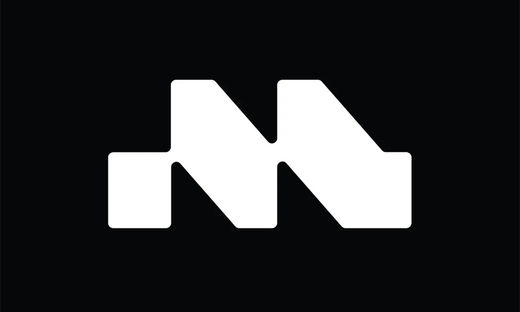
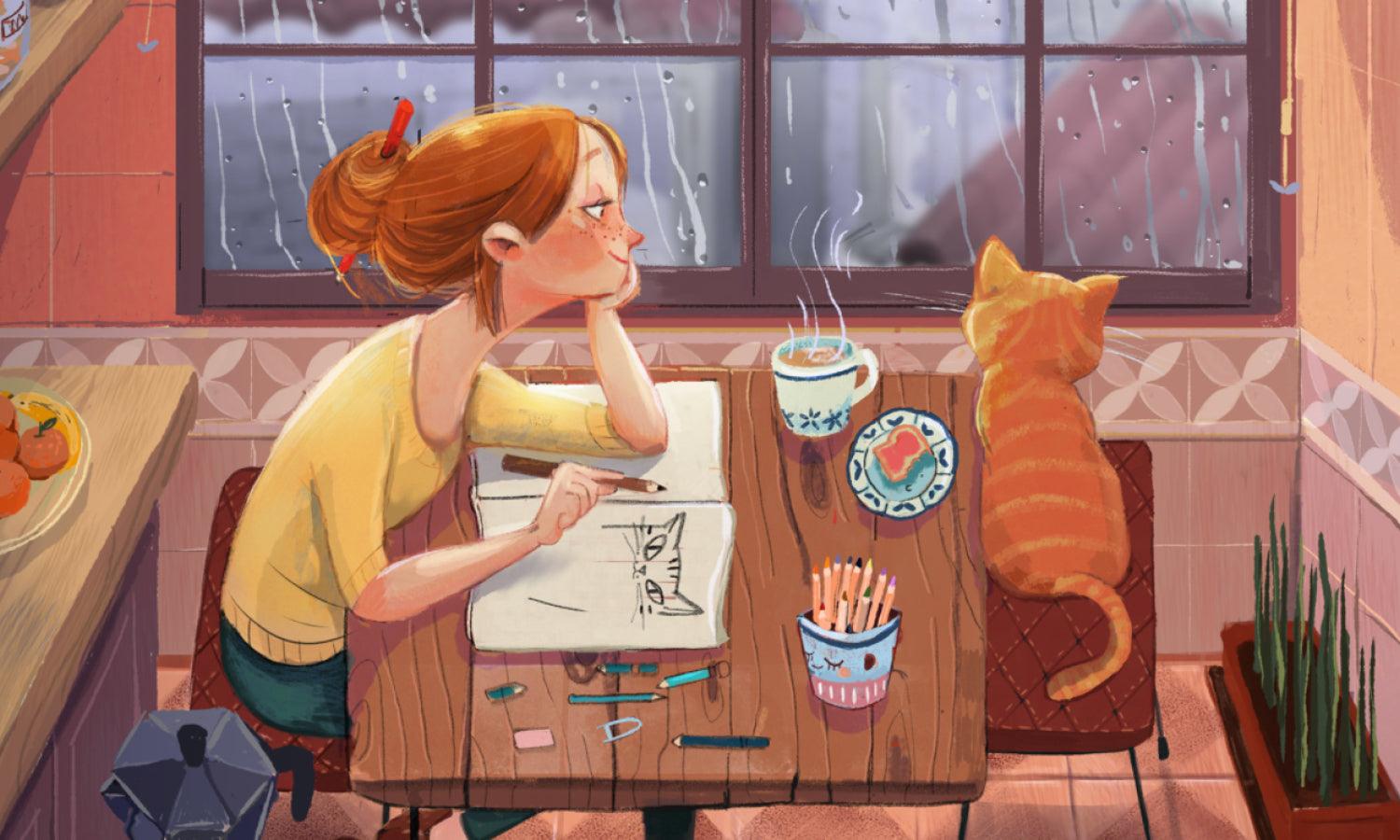


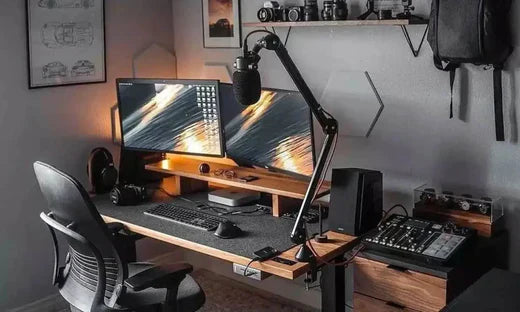

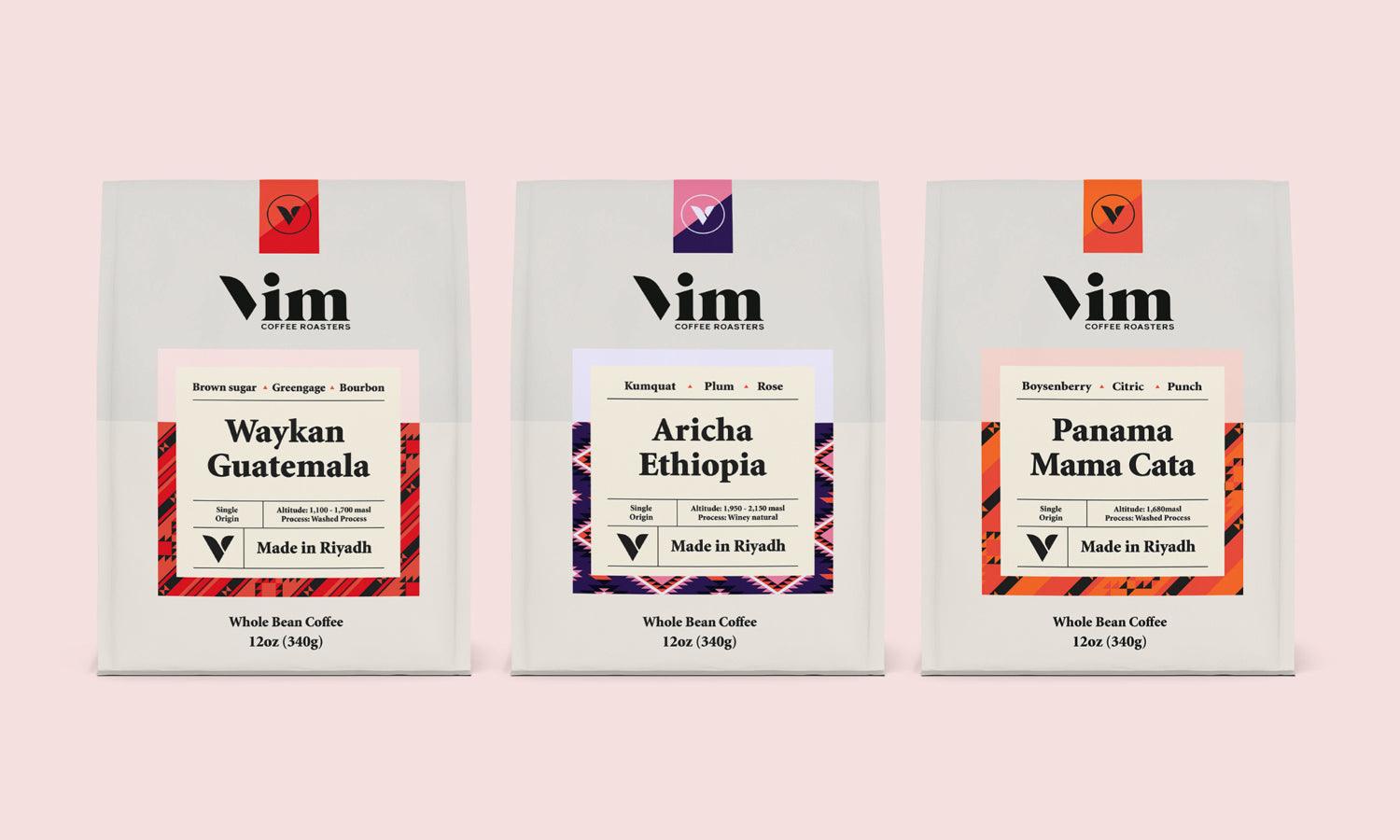
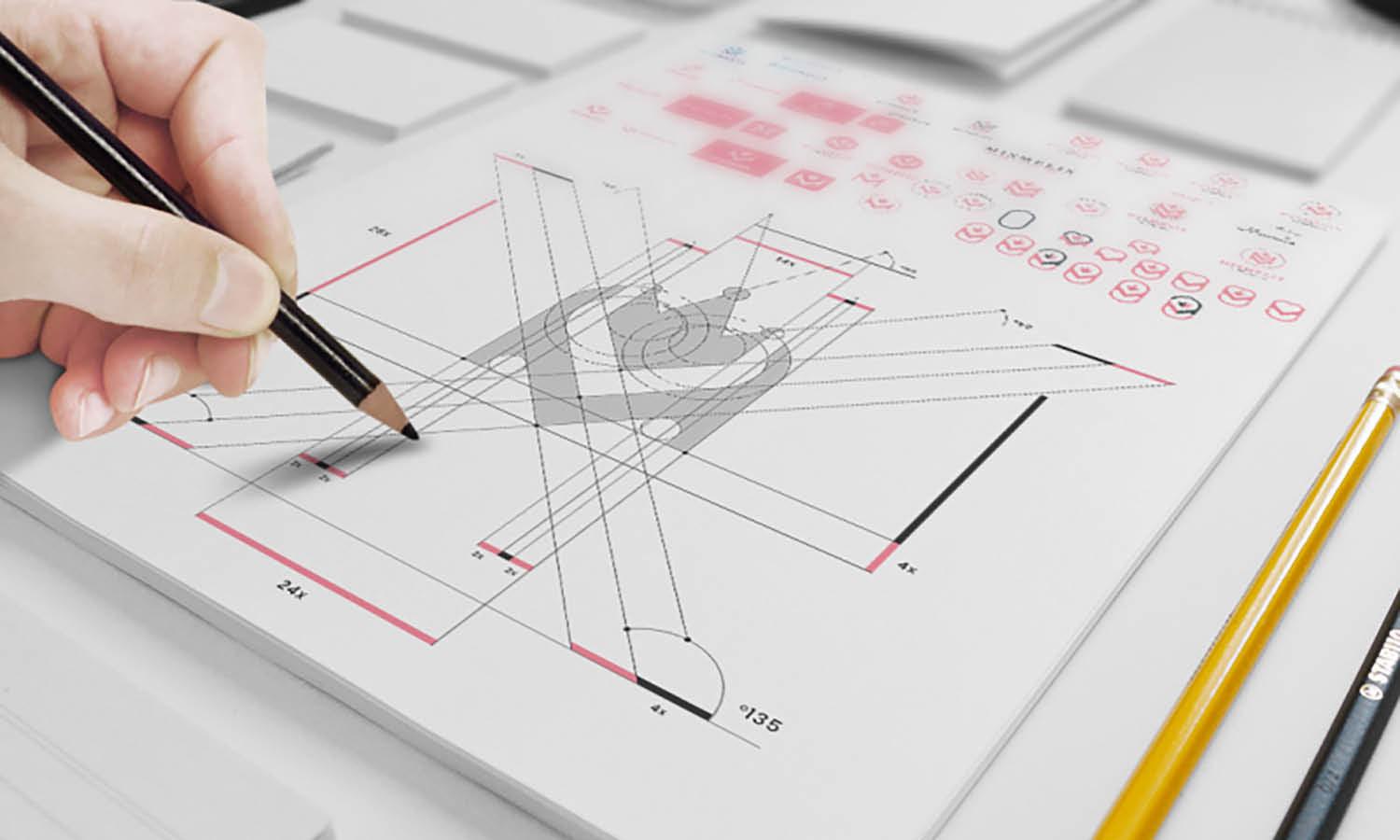







Leave a Comment